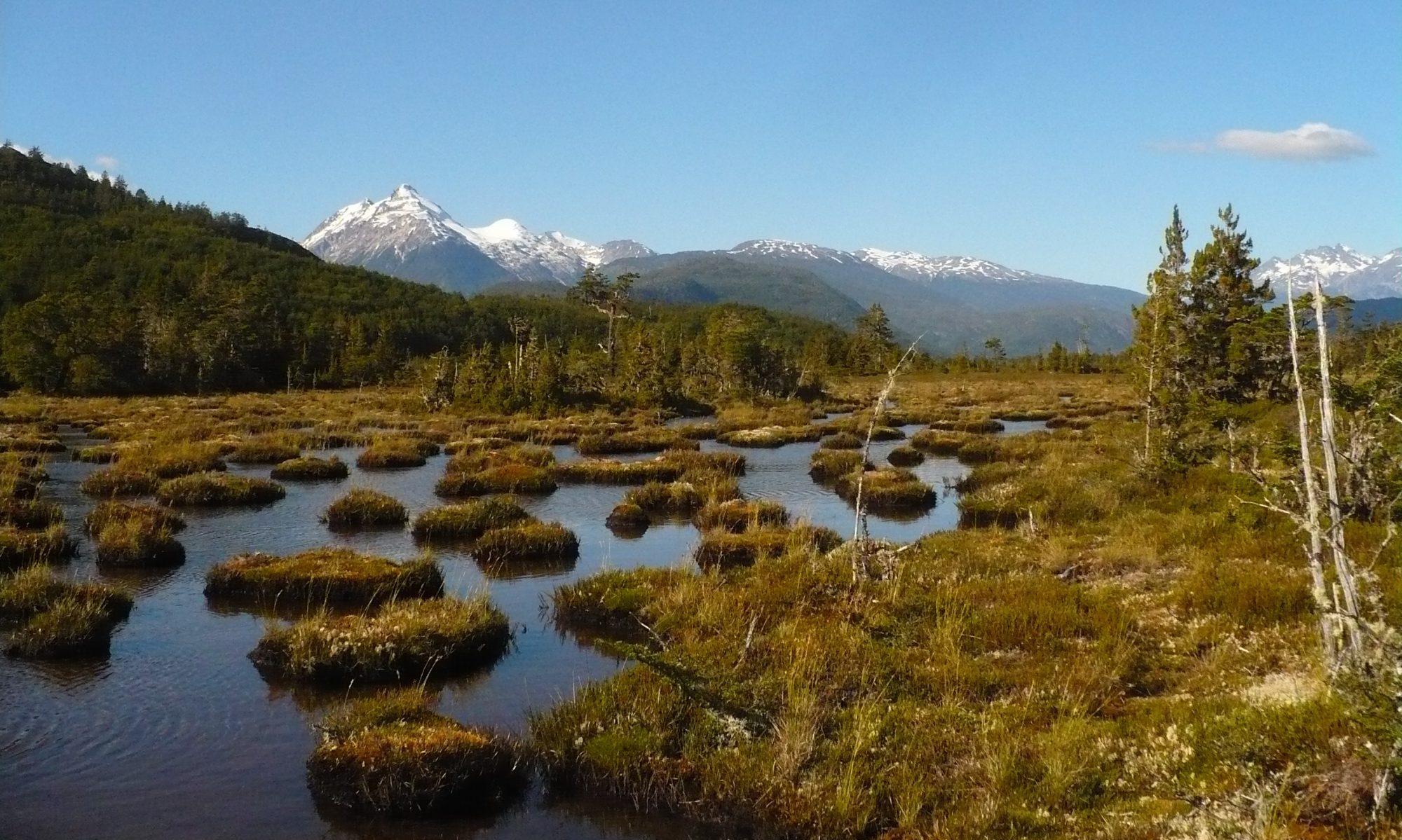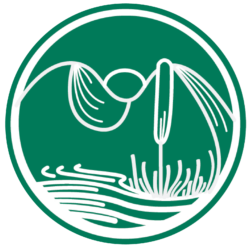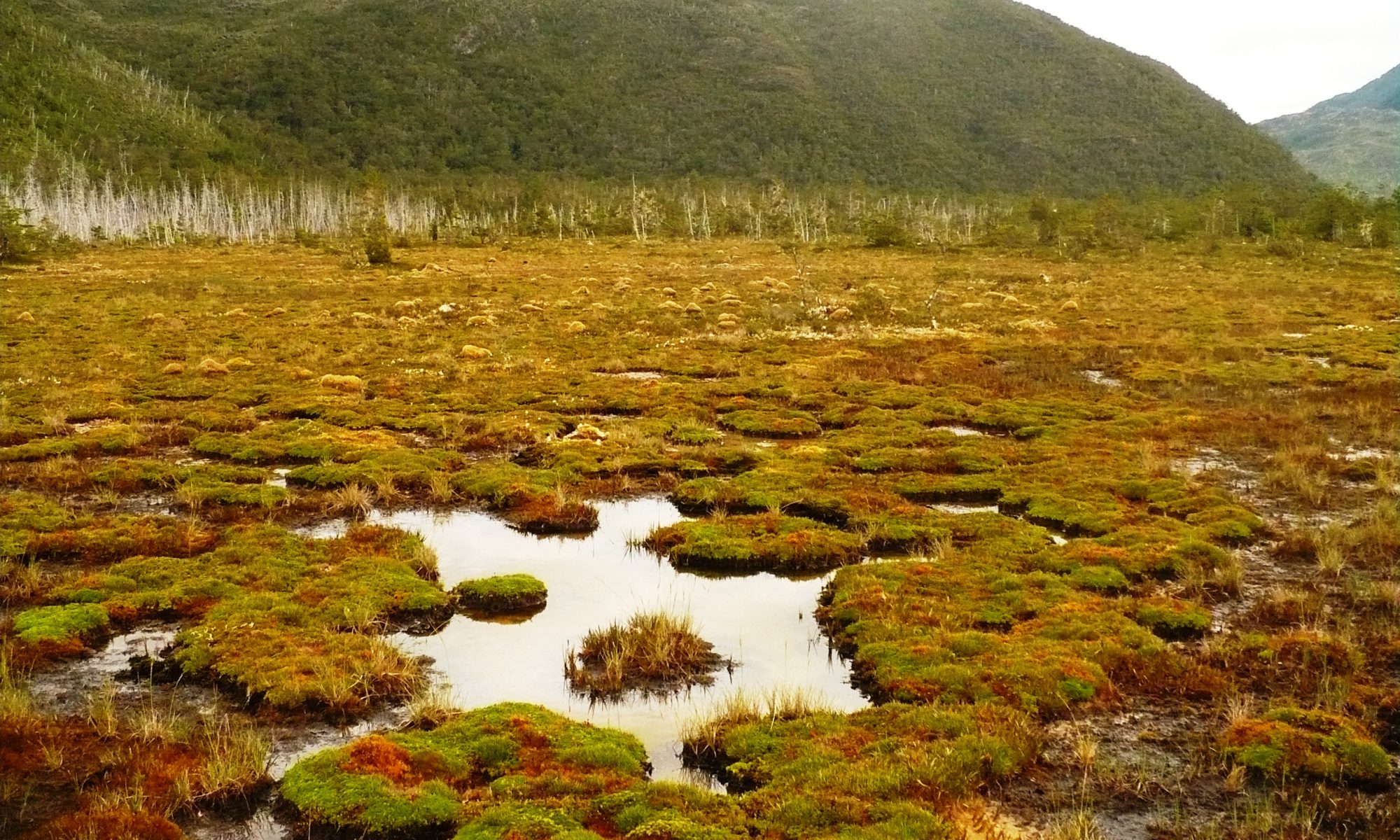The concept hydrogeomorphic mire type means the discrimination of mires according to stereotypes that resume their hydrological and geomorphic characteristics. These typifications were widely developed by the German scientists Succow und Jeschke (1986) and later by Succow und Joosten (2001). They defined eight “Hydrogenetic Mire Types”, distinguishing between “Horizontal mires” (horizontale Moore) forming in flat morphologies, and “Inclined mires” (geneigte Moore) forming on sloped morphologies. Horizontal types are water rise mires (Versumpfungsmoore) mostly influenced by groundwater; terrestrialization mires (Verlandungsmoore) originating from old lakes; kettle hole mires (Kesselmoore) located in depressions and fed by superficial runoffs accumulating on their borders; and flood mires (Überflutungsmoore), developed along water flows and fed by them during inundation periods. The inclined types are sloping mires (Hangmoore), fed by runoffs in sloping areas; percolation mires (Durchströmungsmoore), formed due to strong and continuous runoff and groundwater income in sloping areas; spring mires (Quellmoore), formed in inclined areas and fed by spring waters; and raised mires or bogs (Hoch- or Regenmoore), fed mostly by precipitation in a rate that exceeds the existing water losses.

In the Chilean Patagonia, five hydrogeomorphic mire types can be typically recognized: raised bogs, sloping bogs, flow-through bogs, terrestrialization bogs and terrestrialization fens. Raised bogs are formed on flat relief and fed almost solely by rain water. Sloping bogs are formed on slopes, fed mainly by rain water, but also by percolation and lateral inflows. Flow-through bogs are also formed on slopes, presenting a central channel and additionally being irrigated by rain water and lateral runoffs. Terrestrialization bogs are formed from old relict glacial lakes in mountainous areas and are fed by both rain water and surface runoffs. Terrestrialization fens are formed from remnant lakes in landscape depressions and fed mostly by surface runoffs, percolation and groundwater. Specific descriptions for hydrogeomorphic mire types found in the Chilean Patagonia are shown in the links under this section.
References:
Meier-Uhlherr, R.; Schulz, C.; Luthardt, V. (2011): Steckbriefe Moorsubstrate. HNE-Hochschule für nachhaltige Entwicklung Eberswalde (FH). Berlin, 154 pp.
Succow, M. und Jeschke, L. (Ed.) (1986): Moore in der Landschaft. Entstehung, Haushalt, Lebewelt, Verbreitung, Nutzung und Erhaltung der Moore. 1. Aufl., 1.-20. Tausend. Leipzig [u.a.]: Urania-Verlag, 268 pp.
Succow, M. und Joosten, H. (Ed.) (2001): Landschaftsökologische Moorkunde. 2nd ed. Stuttgart: Schweizerbart, 622 pp.


